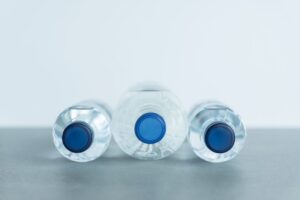How Do Water Softeners in the Home Work?
Water softeners remove minerals from hard water to give you cleaner, brighter, and softer water. This is a great way to save money on laundry and cleaning products, extend the life of your appliances, and reduce the hassle of soap scum and scale buildup in bathtubs and showers.
(Looking for “Water Tank Installation“? Contact us Today!)

How do water softeners work?
Most water softeners rely on an ion exchange process. In this process, calcium and magnesium ions that make your water hard are replaced with sodium or potassium ions. This ion exchange process also removes dissolved minerals such as iron, copper, and manganese.
A water softener’s effectiveness depends on the type of ion exchange it uses and the amount of hardness in your home’s incoming water. If the hardness level is too high, the softener may not be able to effectively remove the minerals from your water.
Ion exchange water softeners use a bed of resin beads to replace the calcium and magnesium ions in your home’s incoming water with sodium or potassium. This ion exchange process can be done in one or two tanks and needs to be periodically replenished with softener salt.
When you install a water softener, you need to be sure it is properly positioned and connected to the plumbing in your home. If it is not, it will not provide the necessary contact time for the ion exchange to work and your household water won’t be softened.
If you do not have a plumber handy, or are installing the water softener yourself, you can purchase a bypass valve to connect to the inlet and outlet of the unit so that you can easily turn it off or on if you need to perform maintenance or repairs on the system.
It is important to choose a water softener that has the capacity for your household’s water usage, as well as the flow rate required by your home’s appliances and faucets. The average adult uses about 90 gallons of water per day, so this is a good guide for estimating your needs.
Your water supply will have a variety of hardness levels from low to very high, and you should be aware of the differences between them before purchasing a softener. You should also consider the cost of running the unit to maintain it and the cost of refilling your softener’s salt or other replacement materials.
In addition to removing minerals, many water softeners can be used to remove other contaminants from your home’s drinking water. Depending on your water’s quality, some systems can remove copper, iron, manganese, and radium. These softeners can be quite expensive and require special filter media to remove them efficiently.
Most ion exchange systems use a resin tank to store the softened water in. The softened water is then sent from the resin tank to your home’s water pipes and appliances.
The resin in the water softener is made from plastic beads, usually made from polystyrene. These resin beads can be regenerated through a process called backwashing, which will help prevent clogging in the resin.

